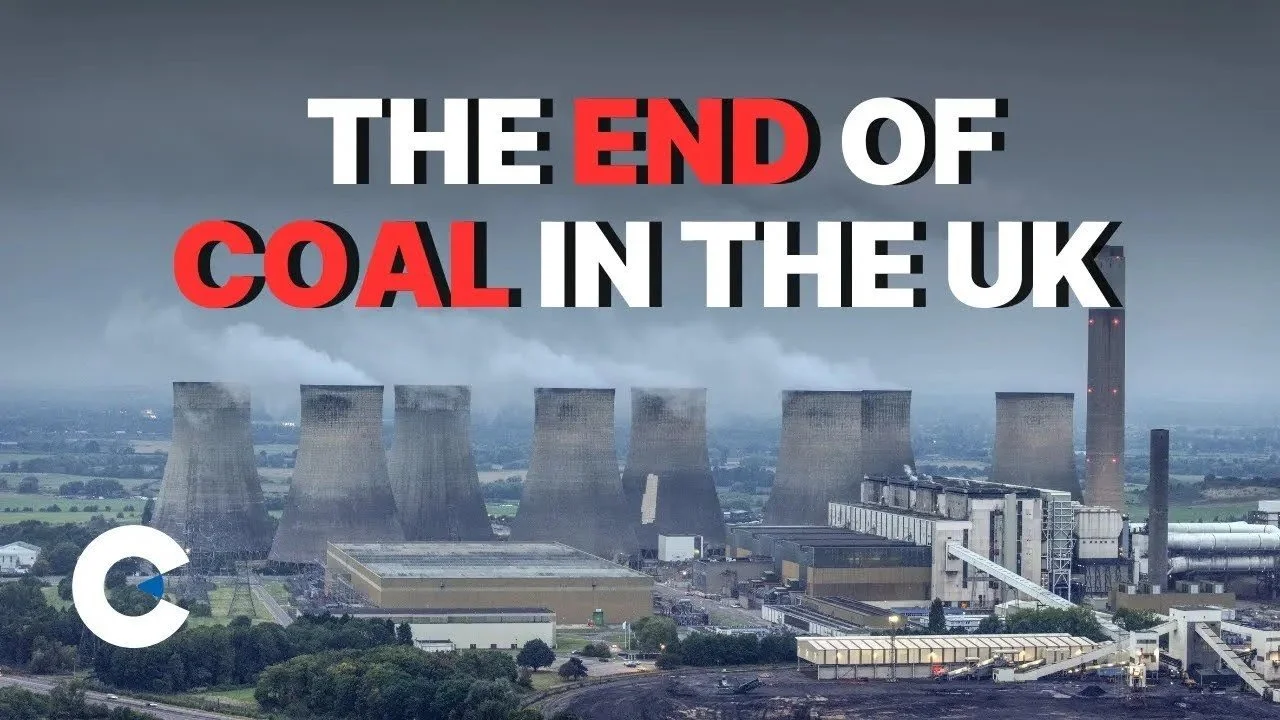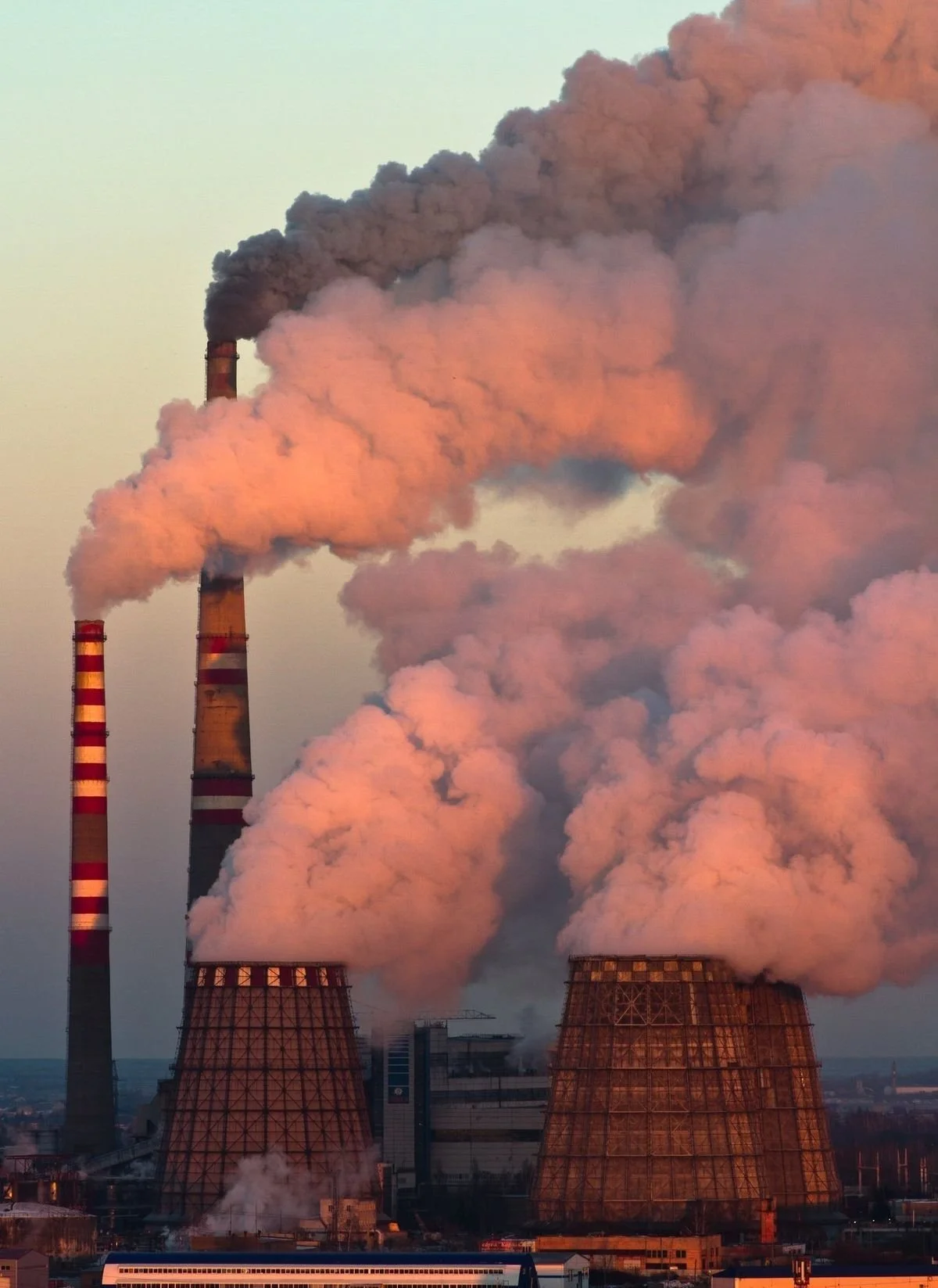Governing the Global Commons: The High Seas Treaty Takes Effect
The ocean has made history. In September 2025, the United Nations High Seas Treaty reached the threshold of 60 ratifications required for entry into force, meaning it will officially take effect in January 2026 (High Seas Alliance, 2025). For the first time, nations will share a legally binding framework to govern and protect the two-thirds of the ocean that lie beyond national borders, areas that have long existed in a governance vacuum, exposed to overfishing, deep-sea mining, and unchecked pollution (World Resources Institute, 2025).
What the High Seas Treaty means for global ocean protection
Formally known as the Biodiversity Beyond National Jurisdiction (BBNJ) Agreement, the treaty establishes enforceable mechanisms for protecting marine biodiversity in international waters. Until now, less than 1% of the high seas was under formal protection (Nature Conservancy, 2025). The treaty’s new framework mandates:
The creation of marine protected areas, advancing the global goal of safeguarding 30% of the ocean by 2030.
Environmental impact assessments for industrial activities such as shipping and seabed mining.
Equitable benefit-sharing of marine genetic resources, ensuring developing nations have fair access to ocean-derived knowledge and innovation.
It’s the culmination of nearly two decades of negotiation, setting a precedent for how global commons, from oceans to the atmosphere, can be governed through collective responsibility (High Seas Alliance, 2025).
Why is the High Seas Treaty important?
The high seas are central to life on Earth. They regulate the planet’s climate, absorb about 25% of global carbon emissions, and generate roughly US$1.5 trillion in annual economic value through fisheries, shipping, and carbon sequestration (Pew Charitable Trusts, 2023). Yet until now, most of this vast ecosystem has been unprotected, with fragmented governance allowing exploitation to outpace conservation.
The treaty is a turning point for ocean governance, answering one of the most frequently asked questions in sustainability: How will the world protect the parts of the planet that belong to everyone and no one? Its legally binding framework introduces a global mechanism for accountability, transparency, and enforcement. This is a significant shift from voluntary conservation pledges to international environmental law.
The path forward
The work begins now. Ratification is a milestone, but success will depend on consistent implementation, equitable financing, and capacity-building for developing nations. The challenge will be balancing economic interests with long-term ocean resilience, ensuring that this historic agreement translates into real-world protection for the ecosystems that sustain us all.
The ocean is our planet’s largest carbon sink, biodiversity reservoir, and climate regulator. With the High Seas Treaty entering into force, the global community has taken a decisive step toward governing the commons for collective prosperity.
References
High Seas Alliance (2025). Historic milestone for global ocean protection: 60th ratification triggers entry into force of High Seas Treaty. https://highseasalliance.org/2025/09/19/historic-milestone-for-global-ocean-protection-60th-ratification-triggers-entry-into-force-of-high-seas-treaty/
Nature Conservancy (2025). A new era for ocean protection: High Seas Treaty ratification. https://www.nature.org/en-us/what-we-do/our-insights/perspectives/high-seas-treaty-ratification/
Pew Charitable Trusts (2023). Protecting the High Seas. https://www.pew.org/en/projects/protecting-ocean-life-on-the-high-sea
World Resources Institute (2025). Statement: High Seas Treaty reaches 60 ratifications, poised to enter into force. https://www.wri.org/news/statement-high-seas-treaty-reaches-60-ratifications-poised-enter-force



